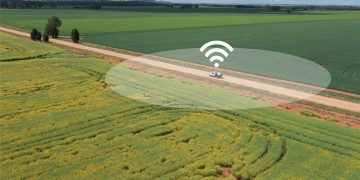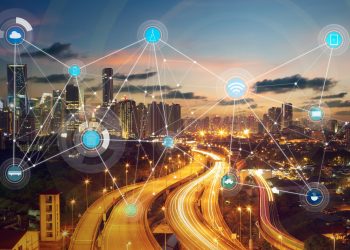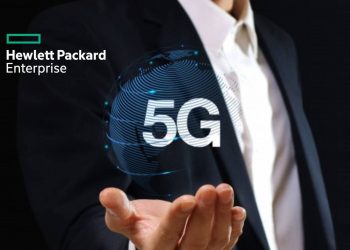The Internet of Things (IoT) wave is already here, but it has not yet reached its full-potential. This is because, despite the current speeds and capabilities of the 4G technology that has become the standard these days, the IoT is still capable of so much more once connectivity speed makes the next great leap. Which brings us to 5G, which is just on the horizon and is coming very soon.
But 5G is more than just speed, unlike what 4G is to 3G. 5G is an entity on its own that features ultra high-speed connectivity combined with unbelievably low latency. Now combine that with a coverage capability that can include vehicles and other infrastructure systems, and you can see why 5G the holy grail that IoT needs to be utilized fully.
Going beyond the speed and connectivity, 5G also increases the connectivity capacity. 5G allows for a larger number of devices to be connected to the network, and all will have blazing-speed connections.
This is crucial for a couple of industries, such as the field of medicine. Highly specialized doctors located on the opposite end of the globe will be able to perform remote surgery without the risk of delays and input lag. Workers operating heavy machinery remotely can quickly act on unforeseen events, improving not just worker safety but also efficiency.
With this in mind, 5G can then be the missing link to maximize the potential of IoT systems. For example, Vehicle to Vehicle (V2V) communication with low latency and high speeds will allow for the safest autonomous driving cars ever built. Real-time, microsecond adjustments can be done by the connected cars traversing the world’s roads, maintaining proper speed, distance, and quickly reacting in the event of an unforeseen event like a road accident.
5G can also make smart home management and automated business management much faster and more efficient. Automated security systems can react much faster to potential security breaches, for instance. Business owners that travel a lot but have to oversee the operations 24/7 can quickly make adjustments while on the go, on-time and with stunning accuracy.
Perhaps the biggest benefit of 5G’s arrival is that it will herald the creation of highly efficient Smart City networks. An IoT network present in a city, running on 5G can transmit data, have it processed by software, and disperse the resulting information to the city’s residents in the blink of an eye. For example, real-time traffic conditions can help drivers pick faster routes, computed and made more efficient by the city’s IoT systems. And with the cars connected to the same IoT, these changes can be done behind the scenes, without the driver realizing that rerouting computations are being done. All the driver needs is to follow the instructions and they will get to their destination in the fastest time possible. As a cherry on top of the proverbial sundae, parking spots could even be located ahead of time, vastly reducing the amount of time the driver spends in their vehicle.
But 5G’s arrival has a darker side that needs to be addressed. With the speed and control provided by the technology, cybersecurity threats are going to be much more challenging to manage. A smart city’s infrastructure could be infiltrated by malicious parties and can result in billions of dollars in damage, not to mention risking the lives of the city’s residents. Cybersecurity experts must work hand-in-hand with 5G network providers, and manufacturers of the devices and vehicles that will be used in the city’s IoT, to ensure that the risks are as low as possible, if not outrightly eliminated.

for developers and enthusiasts







